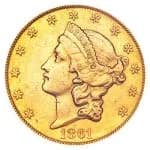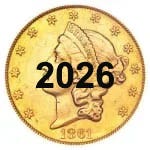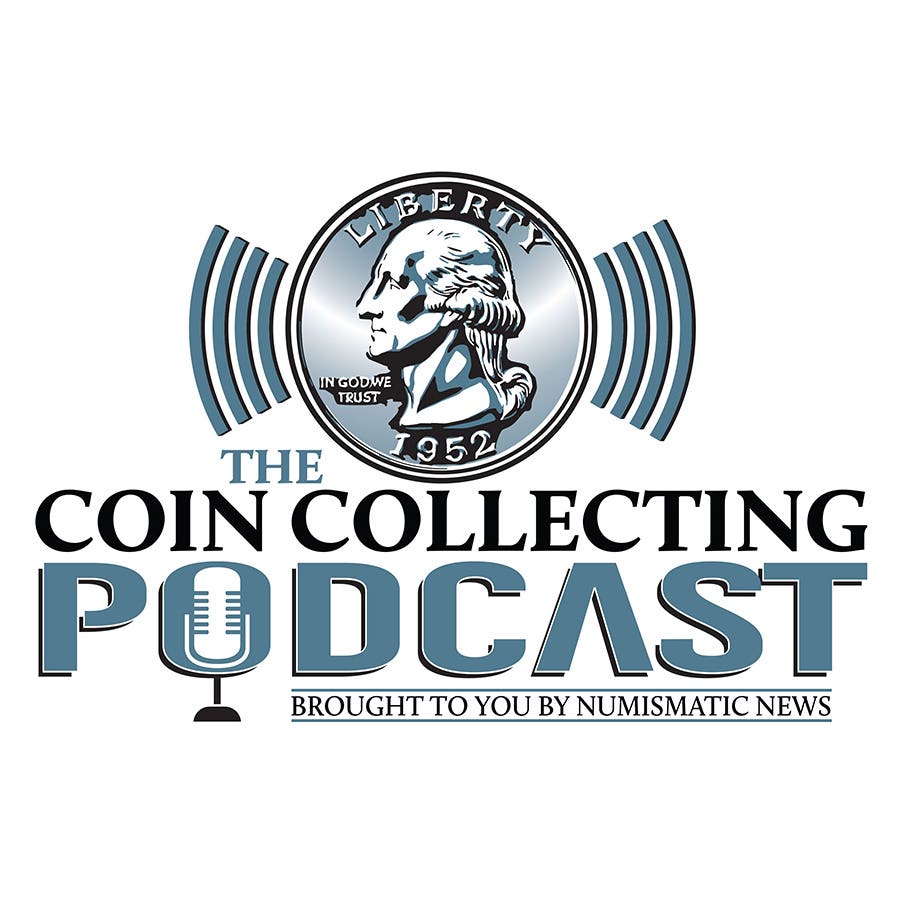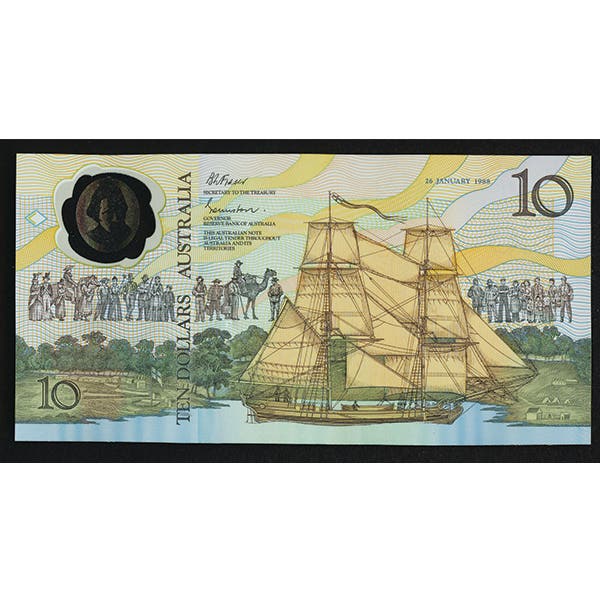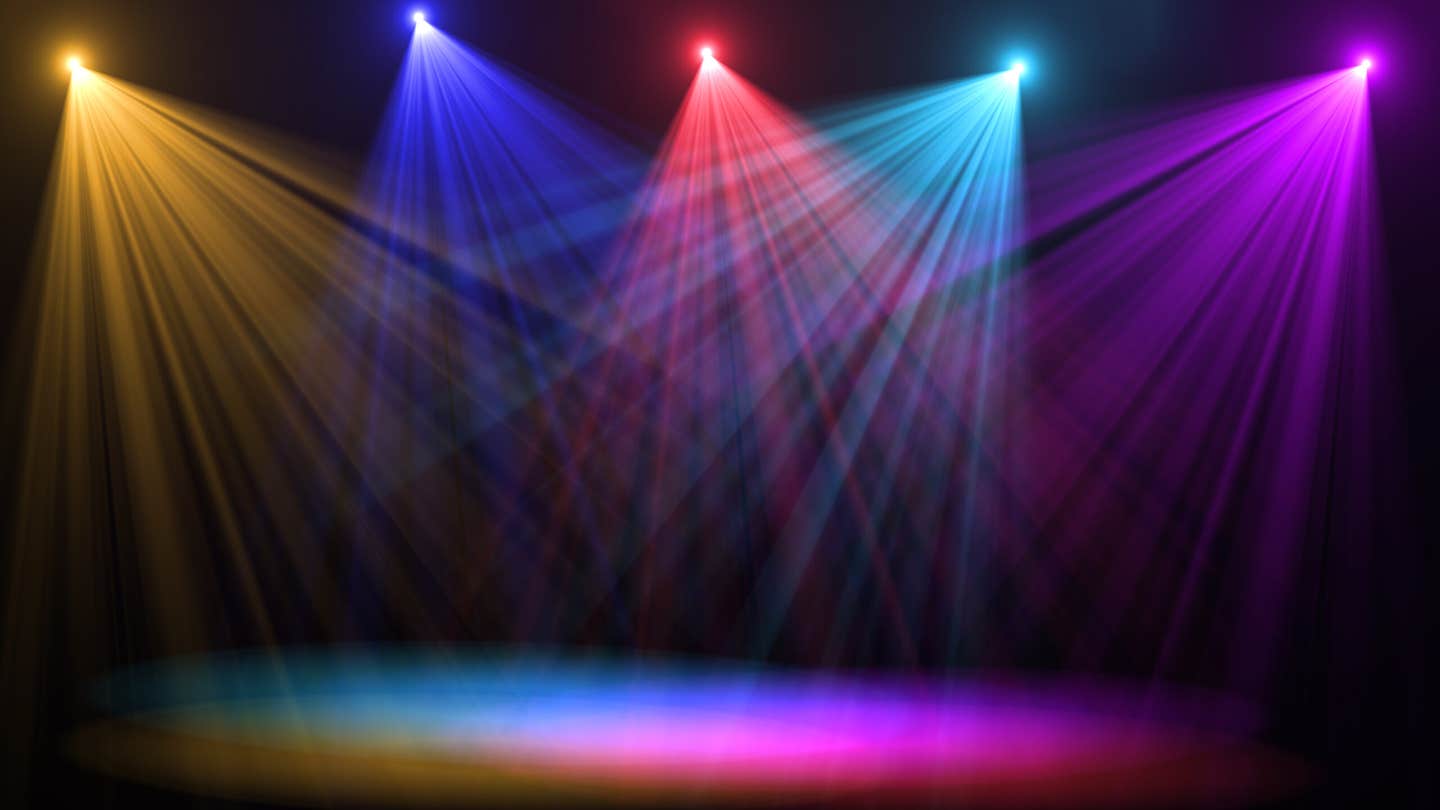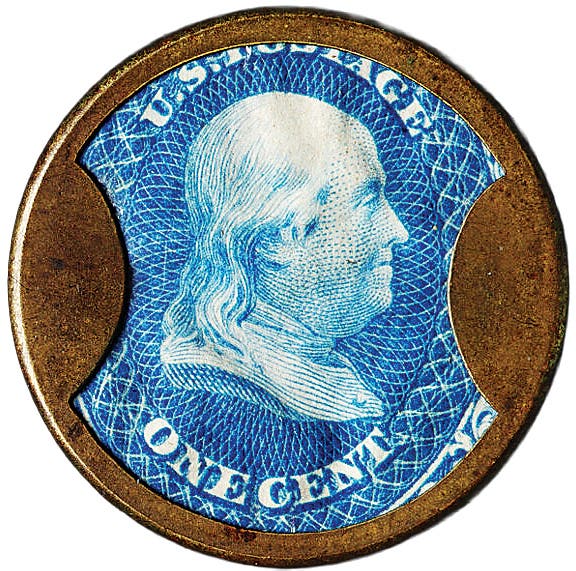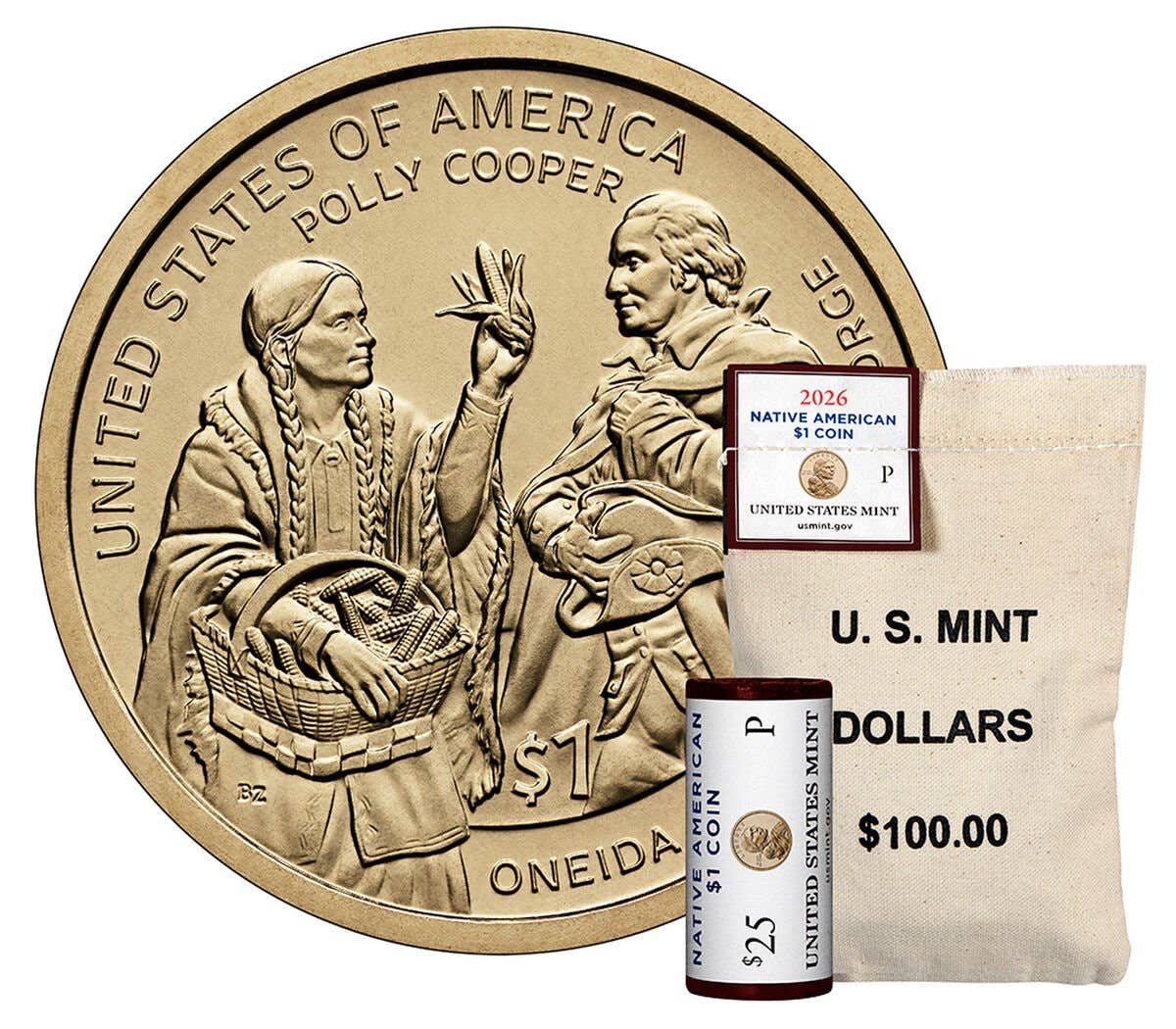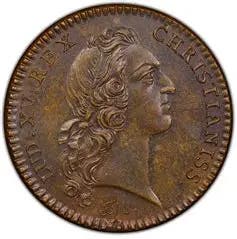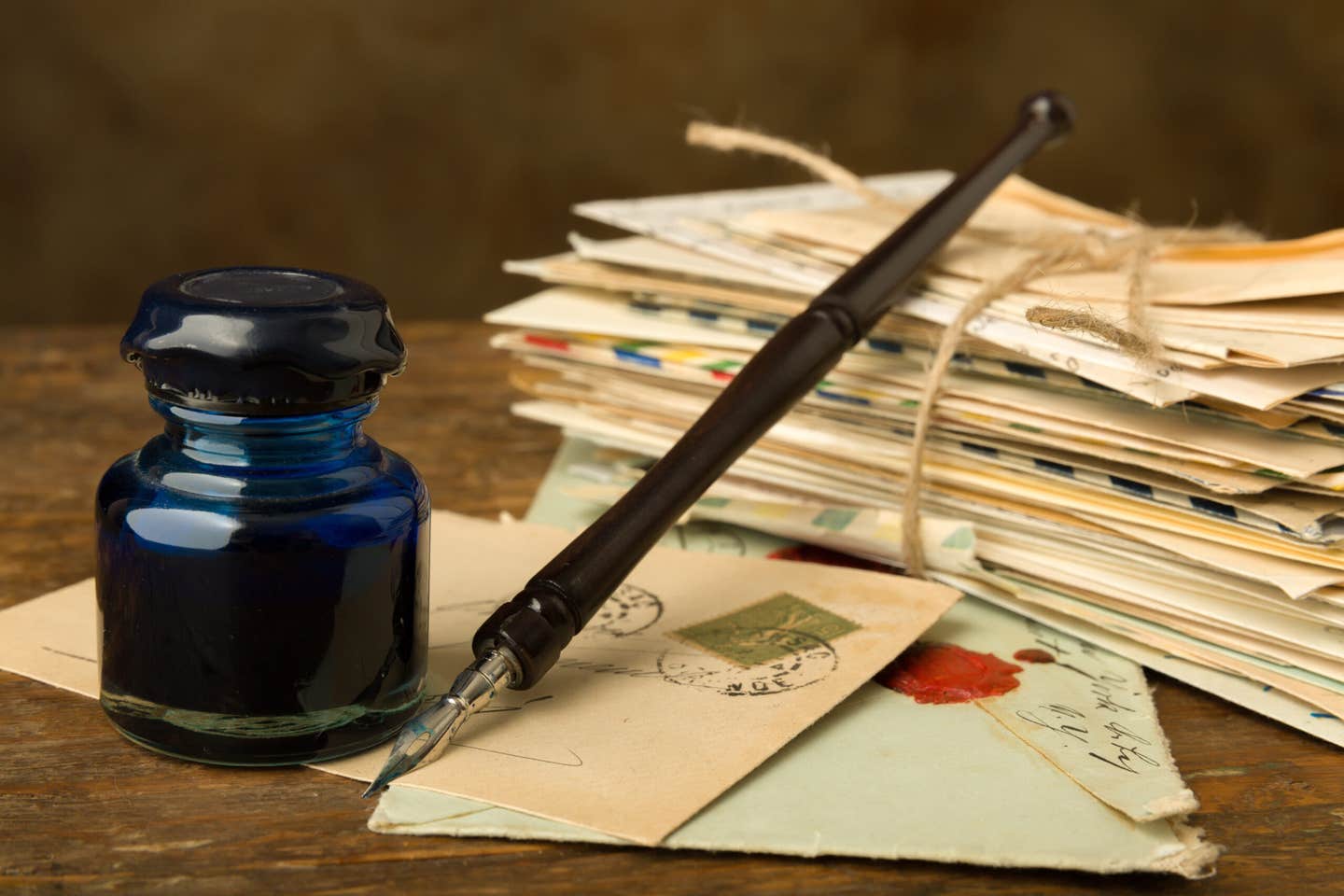Item of the Week: Other Dates Steal the Show from 1913 Quarter
Overshadowed by flashier coins, the low-mintage 1913 Philadelphia Barber quarter remains an underrated gem—and a potential bargain for savvy collectors.

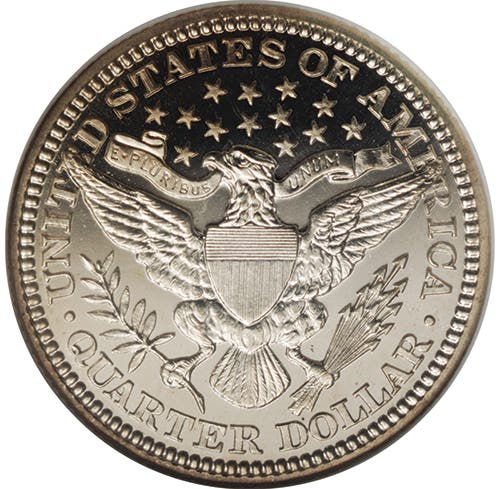
Barber coins are often overlooked. The 1913 Philadelphia quarter is no exception. Dates such as the 1913-S Barber or 1916 Standing Liberty steal the attention. Some years are extraordinary when it comes to great coins. Take 1916, with three new designs, the 1916 quarter and 1916-D Mercury dime. Things were pretty good in 1921, with both Morgan and Peace dollars, 1921 and 1921-D Mercury dimes, and three awfully tough half dollars. You could argue about whether 1921 was better than 1916 and probably never come to a conclusion.
But there may have been a better year a few years prior to 1916, and it receives little attention. While the 1913 Lincoln cents are not great dates, they are better than those of 1916 and 1921. The 1913 Buffalo nickel was a new design, with two different types. Of the regular-date Buffalos, the 1913-S line type is the key.
Moving to silver, the case for 1913 is also solid. The 1913 Barber dime can’t compare with the 1916-D, but with a mintage of 510,000, the 1913-S was the second-lowest mintage dime of the century. The half dollars of 1921 are better than those of 1916, but it is an open question as to whether the half dollars of either compare to those of 1913, which include the 1913 from Philadelphia, with a mintage of 188,627 – lower than any half dollar of 1916 or 1921. The 1913-D and 1913-S had mintages of 534,000 and 604,000, respectively.
In 1916, 52,000 Standing Liberty quarters came from Philadelphia, and another 1,916,000 came from the same mint in 1921. The 1916 is the better date.
In 1913, however, there was an even lower-mintage quarter than the 1916. It does not command higher prices, but the 1913-S had a mintage of 40,000 pieces. The price of the 1913-S Barber quarter is a reflection of the lack of demand for Barber coins. You could argue that the 1913-S Barber dime is the sleeper of the century of any denomination, and the tough Barber half dollars are less expensive than you might suspect. Virtually every Barber coin is in the shadow of more popular, higher-priced, but more common coins. In the case of the Philadelphia 1913 quarter, the shadows seem to come from everywhere. The 1913-S quarter dominated the 1913 quarters. The 1913-D, with an almost lofty mintage of 1,450,800, is nothing special, although it is better than “common” Barber quarters.
The 1913 Philadelphia quarter is a sleeper, with a mintage of 484,613. While low, that mintage doesn’t turn heads because the same year, there was a 40,000-piece mintage quarter, and in 1916, there was a new quarter with a better design, greater popularity, and a mintage of 52,000 pieces. The 1913 Philadelphia quarter is overlooked.
Nor was it just the 1913-S and 1916 quarters that put the 1913 Philadelphia quarter out of the spotlight. The 1913 is also overlooked because there are a number of low-mintage Barber quarters. The 1913 can’t compare with the 1896-S and its mintage of under 200,000, or the 1901-S and its mintage of 72,664.
The 1913 Philadelphia quarter’s G-4 price of $30 puts it safely below the price of many dates with higher mintages. The 1897-S had a mintage of over 500,000 but has a G-4 price of $155.
In upper grades the 1913 does not fare much better, with an MS-60 price of $875 and an MS-65 price of $3,450. That might seem high, but those prices are well below many other Barber quarters, so despite a very low mintage, the 1913 Barber is not a key date.
The 1913 Barber quarter is an excellent value. While it is a great quarter, there are even better quarters, but they can’t compare regarding value.
You may also like:

